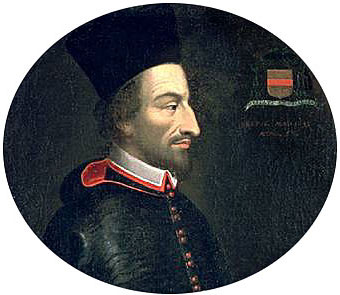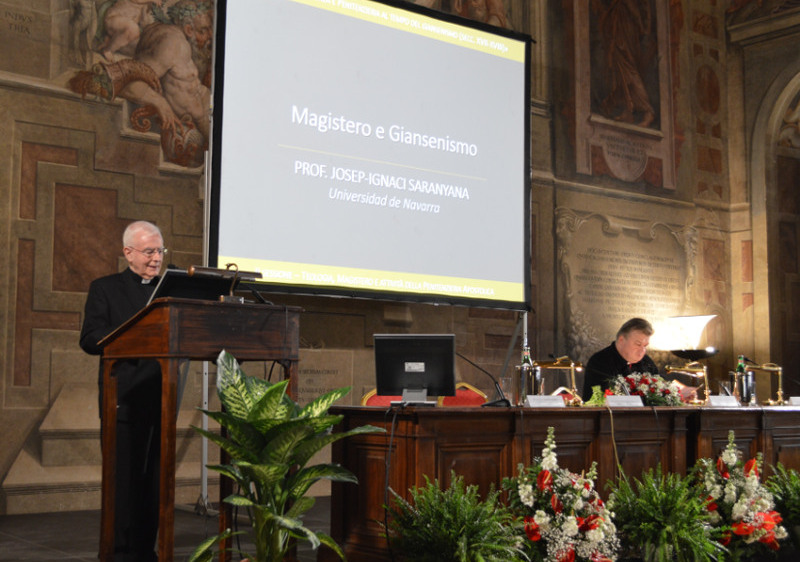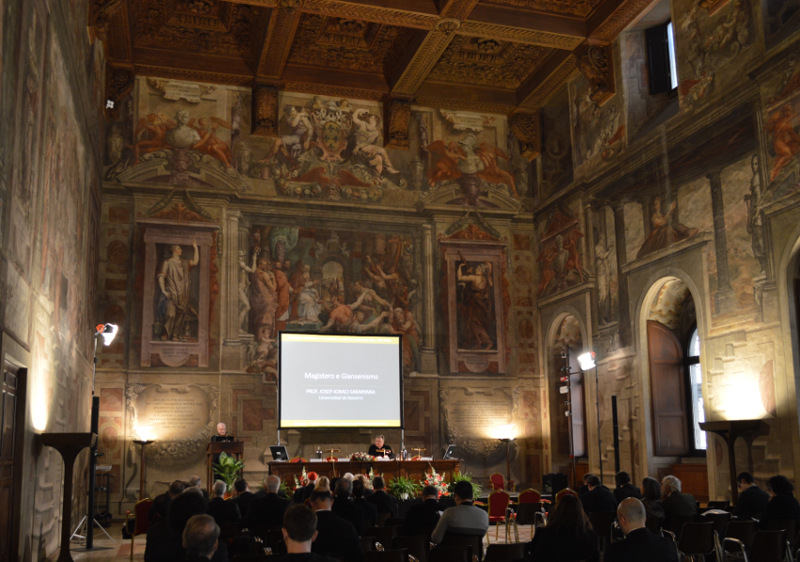 Josep Ignasi Saranyana, full academician and president of the Human Sciences Section of the Royal European Academy of Doctors-Barcelona 1914 (RAED), has participated in the International Symposium “Penitenzia e Penitenzieria al tempo del giansenismo (secc. XVII – XVIII). Culture, teologie, prassi”, celebrated in Rome by the Apostolic Penitentiary of the Holy See on the 15th and 16th of February. Since its foundation in the twelfth century, the Apostolic Penitentiary is the last instance of the Church for cases of conscience in the internal sacramental and non-sacramental jurisdiction, as well as indulgences. The internal sphere is understood as the relationship between God and each of the faithful.
Josep Ignasi Saranyana, full academician and president of the Human Sciences Section of the Royal European Academy of Doctors-Barcelona 1914 (RAED), has participated in the International Symposium “Penitenzia e Penitenzieria al tempo del giansenismo (secc. XVII – XVIII). Culture, teologie, prassi”, celebrated in Rome by the Apostolic Penitentiary of the Holy See on the 15th and 16th of February. Since its foundation in the twelfth century, the Apostolic Penitentiary is the last instance of the Church for cases of conscience in the internal sacramental and non-sacramental jurisdiction, as well as indulgences. The internal sphere is understood as the relationship between God and each of the faithful.
The theme of this year’s symposium focused on the Jansenist movement, which is named after Cornelius Jansen (1585-1638), a priest born in the Netherlands, who died as bishop of Ypres, in Belgium. Jansen spent the last 15 years of his life writing his magnum opus, “Augustinus”, which he couldn’t correct and was published posthumously two years after his death. The disciples of Jansen, adopting the “Augustinus” as their head book, initiated Jansenism, a powerful movement that dominated the Catholic panorama until the French Revolution and even later, either because it was followed or because it was fought. It began as a theological doctrine and soon passed into sacramental (rigorism), devotional and liturgical practice, perhaps its most known and most enduring aspects. He allied himself with Gallicanism and other forms of Regalism, ended up entering philosophy, under the umbrella of Thomism, and contaminated Canon Law.
Saranyana presented the paper “Magistero e Giansenismo”, where he focused on the initial moments of the movement, when the five most characteristic theological theses sustained in the “Augustinus” were disseminated and condemned by Innocent X in 1653. Immediately after the censorship of those five propositions, the disciples inaugurated a very interesting polemic on the question of law (quaestio iuris) and the question of fact (quaestio facti). They said that the five propositions attributed to Jansen deserved to be condemned because, inspired by Miguel Bayo, professor of Leuven, they presented a doctrine about grace (and its relations with freedom) outside the tradition of the Church. However, the five propositions referred to did not correctly express Jansen’s thought.
We would have to wait until the end of the 20th century for the dialectic between quaestio iuris and quaestio facti to be resolved. It was resolved by Cardinal Joseph Ratzinger when he stated (with regard to the Rosmini-Serbati case) that the Church has the power to condemn a proposition, although it doesn’t have the capacity to read a work according to the mind of its author. The hermeneutics of a theological work belongs to theological science, which must take into account, in its interpretation, a series of parameters, such as the ideological context of the moment and the author’s pretensions when writing his book.






